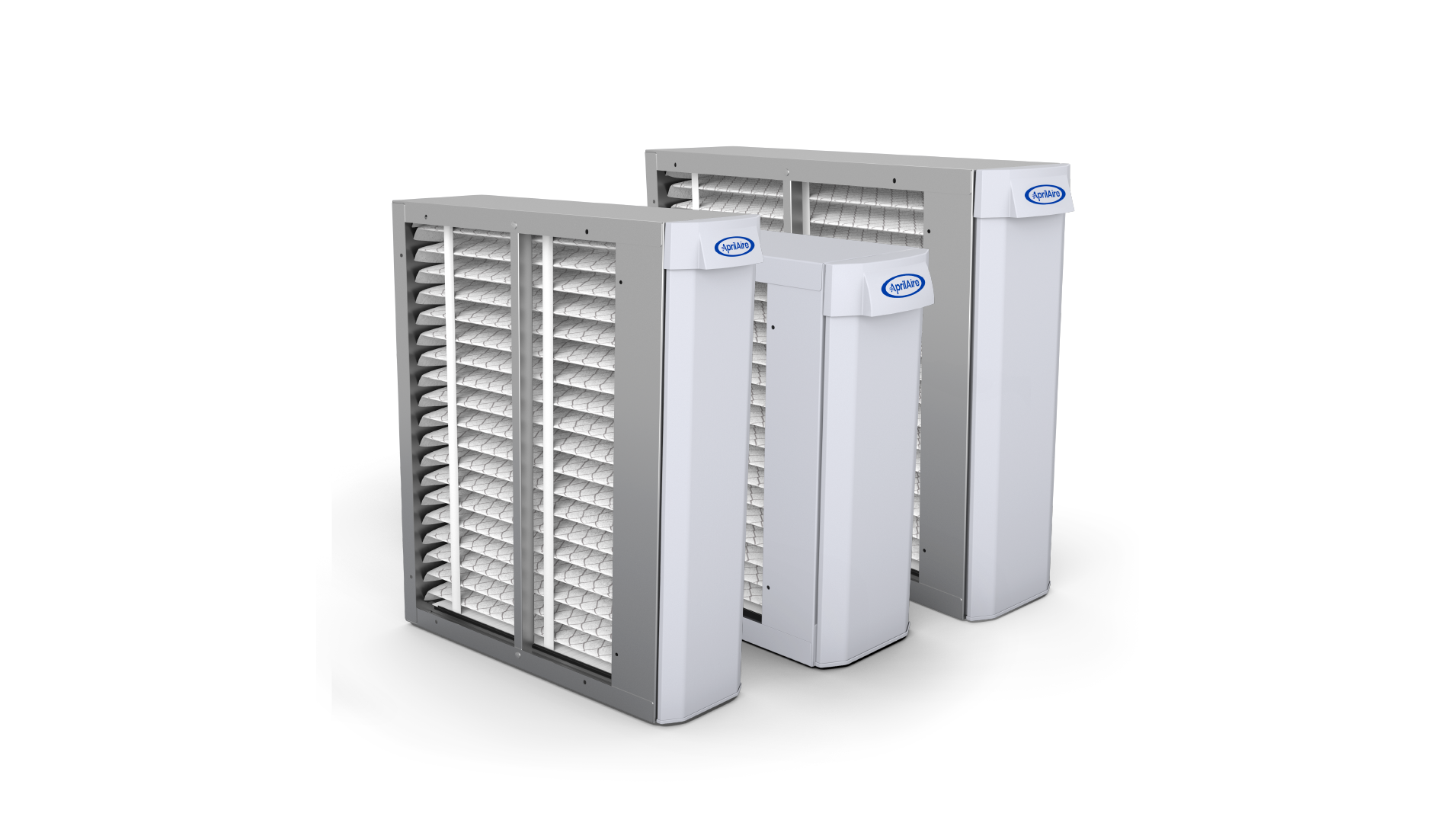ameliasolis
Registered User
Hi!
We are in the process of building a 3200 square foot custom home in North Carolina. We have been approached by the HVAC contractor and given three options for the systems we can choose (he has estimated a 2.5-ton system upstairs and a 3.5-ton system downstairs). They are all Trane systems and are:
Option #1: The XB1000 air conditioner (10 SEER) with the XE80 gas furnace for approximately $12,000***OR***
Option #2: The XR12 air conditioner (up to 13 SEER) with the XR90 gas furnace for approximately $15,000***OR***
Option #3: The XL14i air conditioner (up to 15 SEER)with the SV90 gas furnace for approximately $18,800.
Our questions are:
1. In light of the upcoming regulation changes, what would be the minimum expected requirement for a custom home?
2. What are the real differences in comfort one might feel in the different systems (I am more sensitive to heat and humidity versus cold)?
3. We are not on a gas line, therefore, we will be on propane, and option #3 includes a two-stage gas furnace. What kind of savings can we expect to see with a two-stage system?
4. We have a fairly open floor plan; however, there were no designed-in locations for the return ducts. Our contractor has proposed two locations within 7 feet of each other (no barrier walls involved) for the first floor. Will this be sufficient to adequately draw air?
5. He has also presented the option of an electronic air cleaner at a cost of $1495 - are these worth that expense? Do they really help with dust?
Our general contractor has not offered the option of getting other "bids" to verify fair pricing and the HVAC company is ready to start working now. Any help, advice or guidance offered would be most appreciated.
Thanks!
We are in the process of building a 3200 square foot custom home in North Carolina. We have been approached by the HVAC contractor and given three options for the systems we can choose (he has estimated a 2.5-ton system upstairs and a 3.5-ton system downstairs). They are all Trane systems and are:
Option #1: The XB1000 air conditioner (10 SEER) with the XE80 gas furnace for approximately $12,000***OR***
Option #2: The XR12 air conditioner (up to 13 SEER) with the XR90 gas furnace for approximately $15,000***OR***
Option #3: The XL14i air conditioner (up to 15 SEER)with the SV90 gas furnace for approximately $18,800.
Our questions are:
1. In light of the upcoming regulation changes, what would be the minimum expected requirement for a custom home?
2. What are the real differences in comfort one might feel in the different systems (I am more sensitive to heat and humidity versus cold)?
3. We are not on a gas line, therefore, we will be on propane, and option #3 includes a two-stage gas furnace. What kind of savings can we expect to see with a two-stage system?
4. We have a fairly open floor plan; however, there were no designed-in locations for the return ducts. Our contractor has proposed two locations within 7 feet of each other (no barrier walls involved) for the first floor. Will this be sufficient to adequately draw air?
5. He has also presented the option of an electronic air cleaner at a cost of $1495 - are these worth that expense? Do they really help with dust?
Our general contractor has not offered the option of getting other "bids" to verify fair pricing and the HVAC company is ready to start working now. Any help, advice or guidance offered would be most appreciated.
Thanks!

